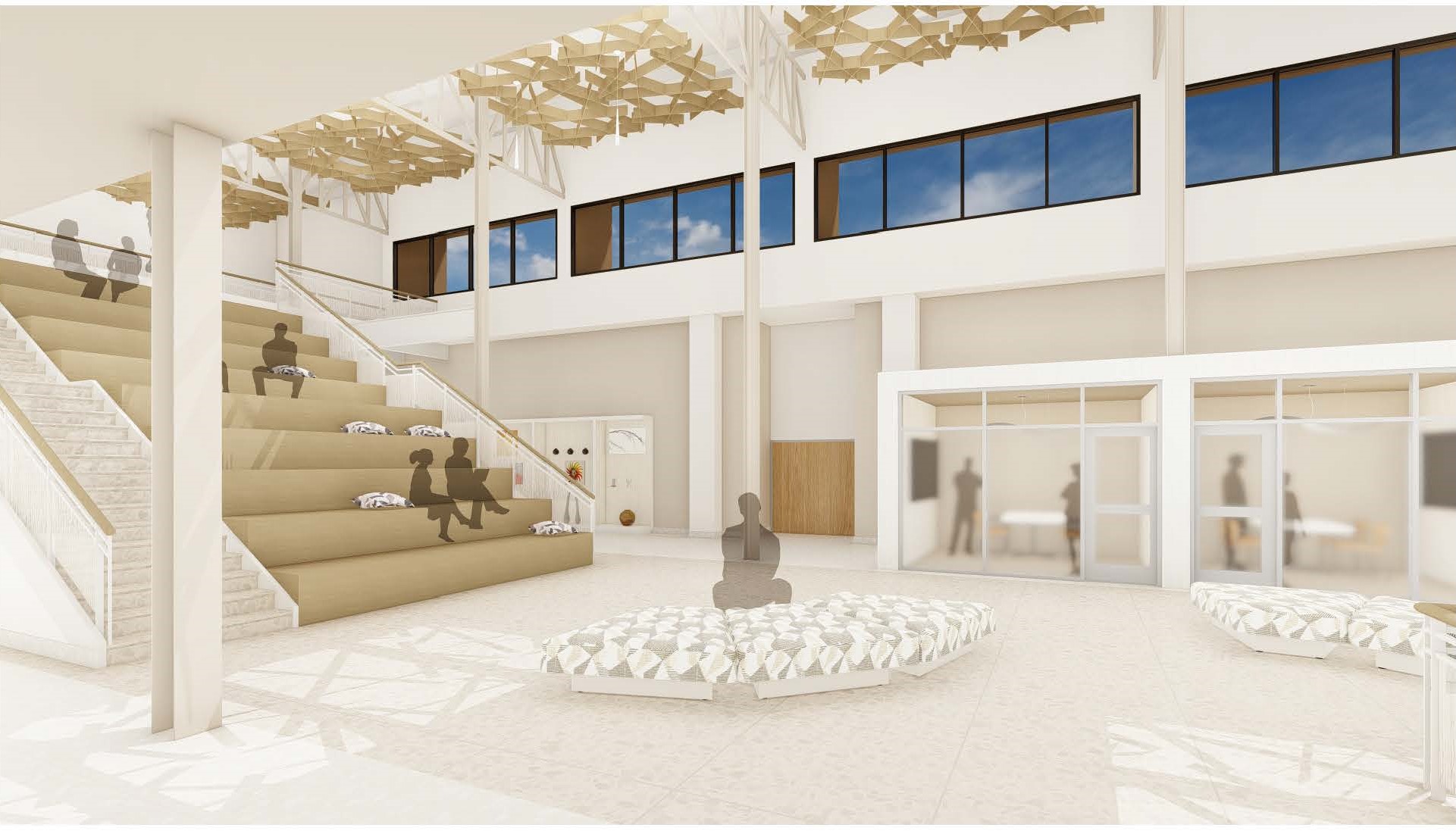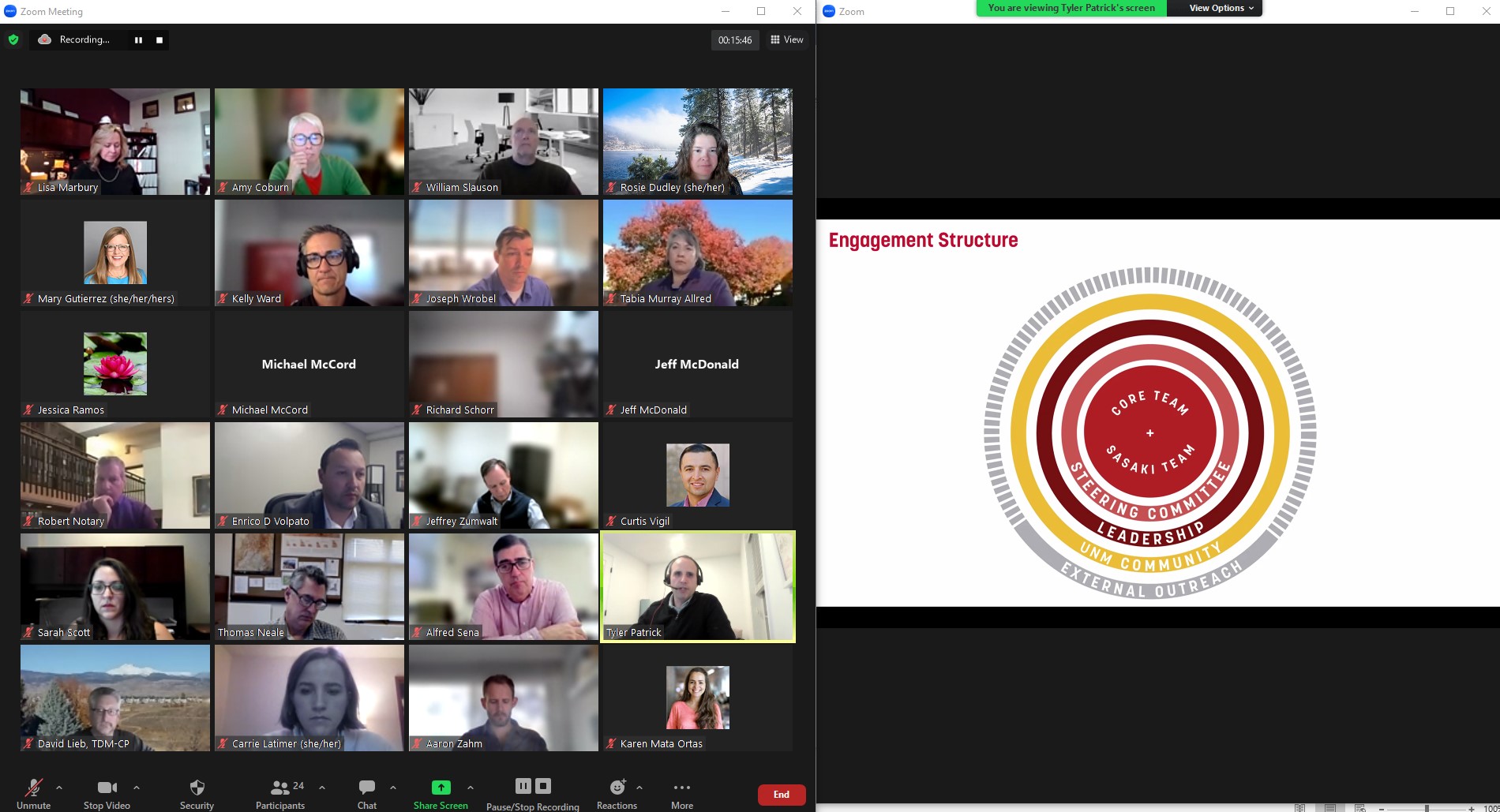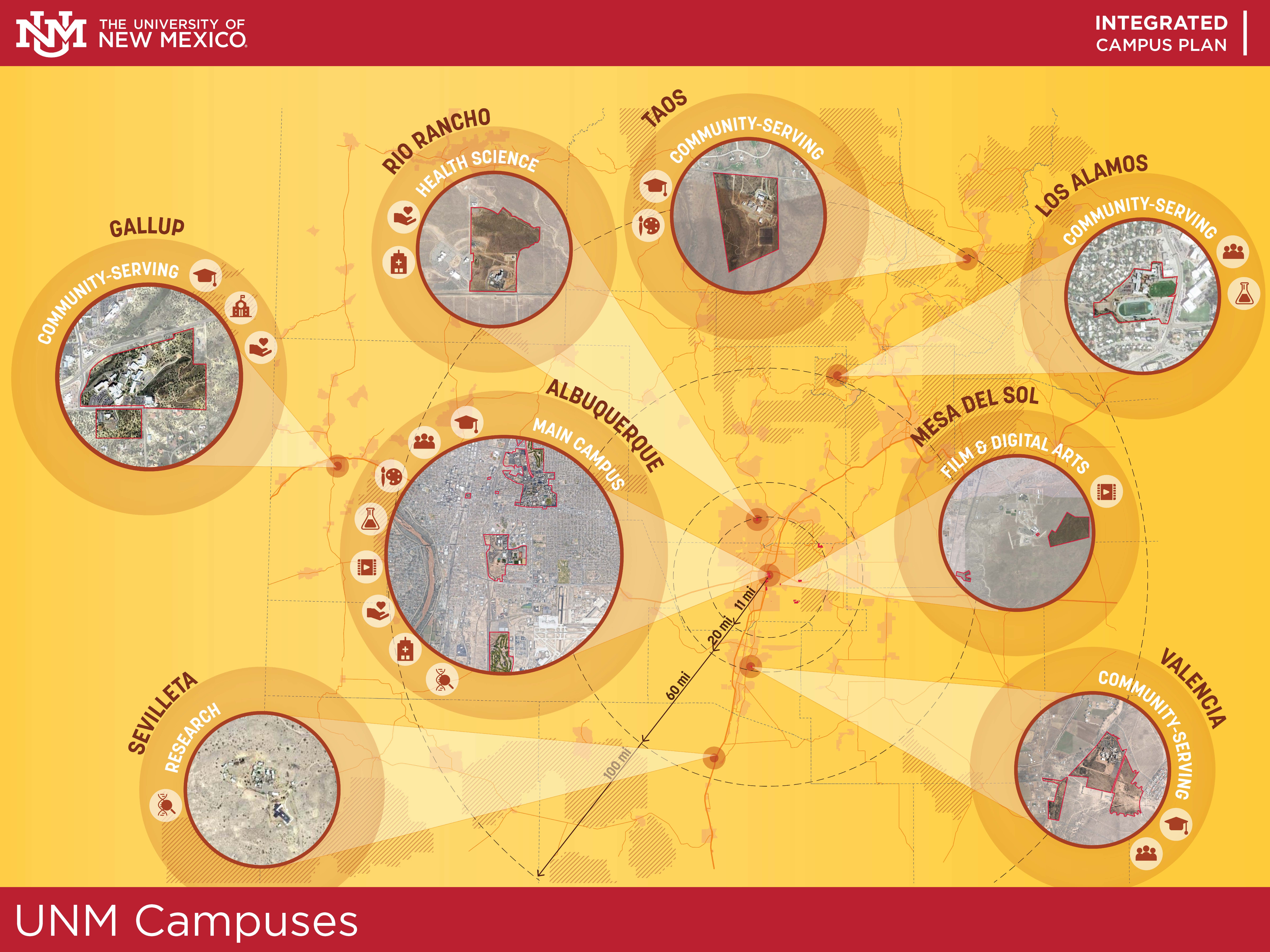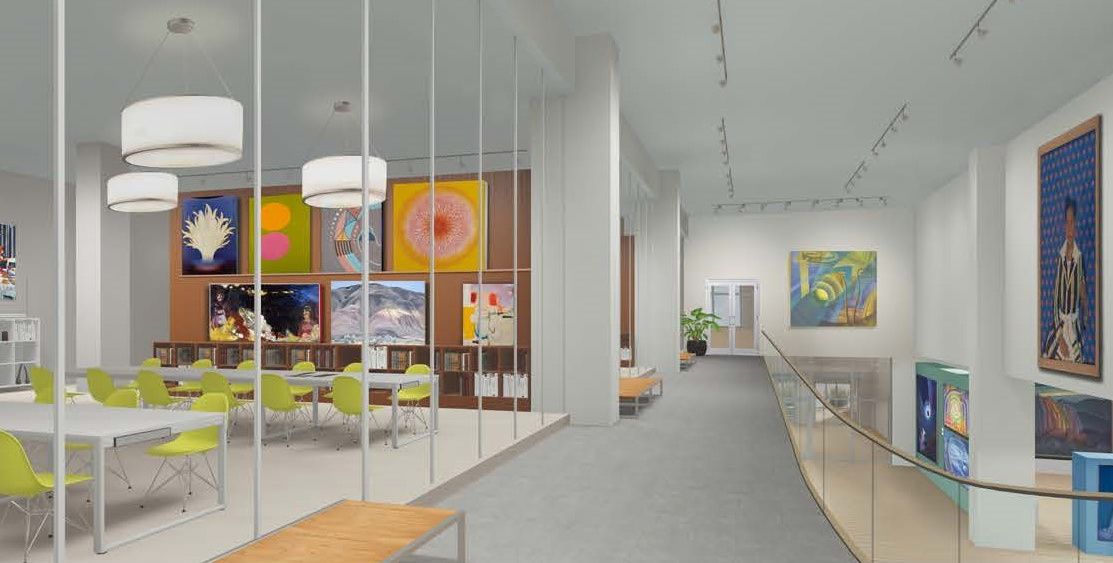Planning Services
Planning develops the rationale for projects and can adjust to shifting funding opportunities by managing the planning and development process from project inception. CCSP provides services to support a variety of academic and facility planning objectives.

Long-Term Planning
Long-term planning is one of the many types of planning services that we offer. With an institution of the size and complexity of UNM, long-term campus planning is a continual process.

The University of New Mexico is a preeminent public research university with locations in Albuquerque, New Mexico—the state’s largest metropolitan area—and branch and satellite campuses across the state. Including all five campuses, the University today has more than 23,000 students, nearly 10,000 faculty and staff, more than 200,000 living alumni worldwide, and 14 schools and colleges. UNM is home to the UNM Health Sciences Center (HSC), the largest academic health complex in the state, and UNM Hospital (UNMH). Its distinct programs and faculty attract students from around the world, representing nearly 100 countries and every state in the nation. As one of the first minority-majority universities, UNM represents a cross-section of cultures and backgrounds.

With an institution of this size and complexity, long-term planning is a necessary and continuous process. In addition to the Integrated Campus Plan, UNM has developed many other topic-specific long-term plans, including the Campus Safety Plan, Strategic Housing Plan, Safe Mobility Action Plan, and HSC Facility Master Plan affecting our Albuquerque campuses. The University prioritizes long-term planning for our branches as well , such as the UNM - Taos Infrastructure Plan.
Feasibility Studies
Typically the first step in planning for building renovations or new facilities is to understand a project's feasibility. Feasibility studies help determine the answers to questions such as:
- Will it fit?
- What can I do to make this work?
- How much does this cost?
Two components of Feasibility Studies are Needs Assessments and Program Assessments, as described below.

Needs Assessment
Justification for a project begins with identifying the need for a targeted area of concern. Needs emerge from increased student volumes, safety and code violations, research grant funding, new programs, change in pedagogy, poor quality, and adequacy of space and building systems.
Program Assessment
A program can be considered an instruction manual for a building; it describes the functions that occur in a facility, the spaces that support those functions, and the relationships between spaces. Program assessments typically include written requirements, tables and spreadsheets, and diagrams, but generally do not delve deeply into design. Planners and architects use programming assessments as a starting point for designing/renovating space and the infrastructure that supports it.
Space Utilization
As stewards of UNM’s built environment, CCSP is dedicated to maximizing use of the University's finite resources. Space utilization studies explore the frequency of use for amenities such as classrooms, conference spaces, and laboratories to determine whether they are utilized to their fullest potential. These plans provide innovative solutions—ranging from process improvements to physical modifications—to meet the needs of facility users now and in the future.
Campus Capital & Space Planning is responsible for space utilization throughout campus and conducts all space surveys, BR&R space calculations, and space allocation support. If your UNM unit needs any of these services, please seek approval from your own administration (Dean/Director) first before reviewing the space allocation process here and submitting a project request.
